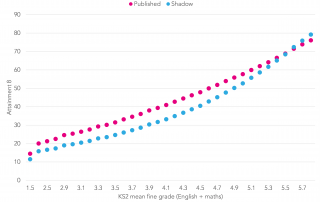Kent 11-plus, part 5: Headteacher panels are not helping disadvantaged children as much as we might expect
This is part of a series of posts from Datalab on how the 11-plus works in practice in Kent. Find the other posts in the series here. Headteacher panels form an important part of the Kent 11-plus process, but as we have seen, there is a question mark over whether they are better at identifying [...]







